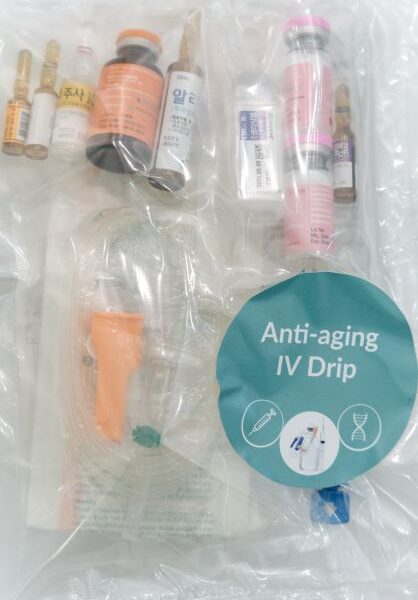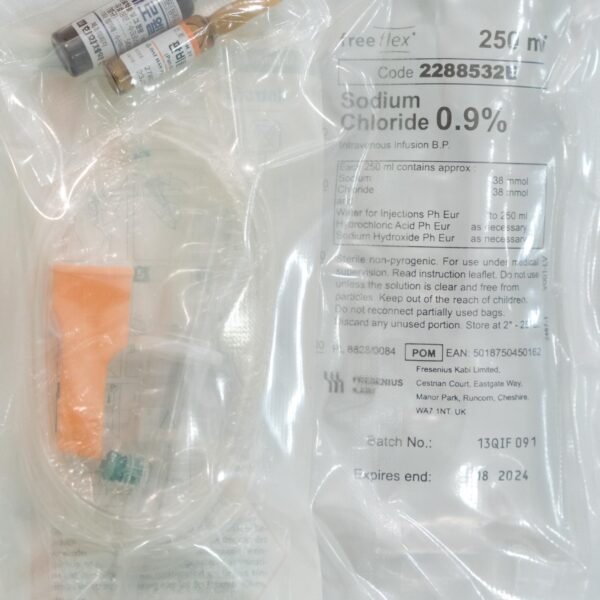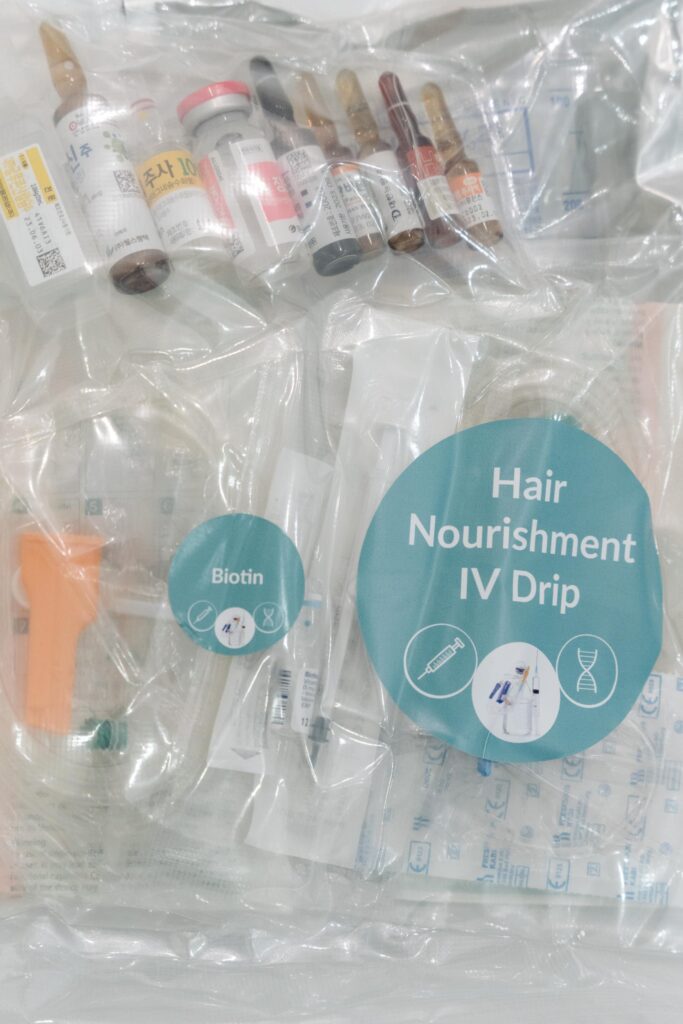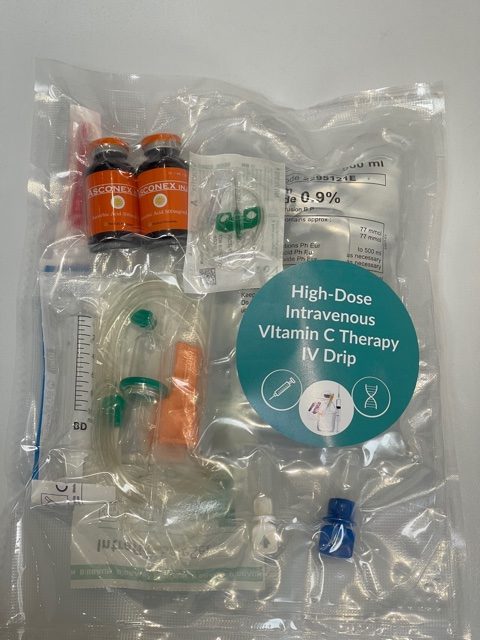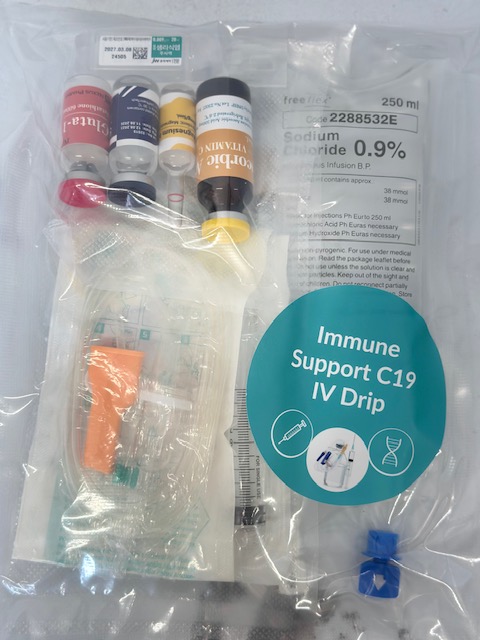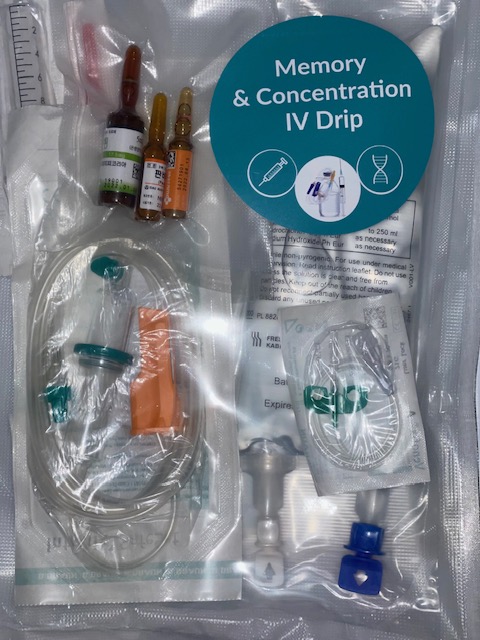Description
What Is Anemia?
Anemia is a condition characterized by a low number of red blood cells (RBCs). In routine blood tests, it is typically reported as low hemoglobin or hematocrit levels. Hemoglobin is the primary protein in red blood cells responsible for carrying oxygen throughout the body. When hemoglobin levels are low, the body’s tissues and organs may not receive sufficient oxygen, leading to various symptoms.
Symptoms of Anemia
Common symptoms of anemia include:
– Fatigue: Persistent tiredness and lack of energy.
– Shortness of Breath: Difficulty breathing, especially during physical activities.
– Dizziness or Lightheadedness: Feeling faint or unsteady.
– Pale Skin: A noticeable paleness, especially in the face and nail beds.
– Cold Hands and Feet: A feeling of coldness in extremities.
– Headaches: Frequent or severe headaches.
Causes of Anemia
Anemia can be caused by several factors, including:
– Iron-Deficiency Anemia: This occurs when the body lacks sufficient iron, which is necessary for hemoglobin production. Possible causes include:
– Diet: Insufficient iron intake, especially in infants, children, teens, vegans, and vegetarians.
– Medications and Foods: Certain drugs and caffeinated drinks can hinder iron absorption.
– Digestive Disorders: Conditions like Crohn’s disease or surgical removal of parts of the stomach or intestines can affect iron absorption.
– Frequent Blood Donation: Regularly donating blood can deplete iron levels.
– Endurance Training: Intense physical activity can lead to iron depletion.
– Pregnancy and Breastfeeding: Increased iron demand during pregnancy and lactation.
– Menstruation: Monthly blood loss can reduce iron levels.
– Chronic Slow Bleeding: Often from the digestive system.
Treatment of Anemia
Anemia is often a short-term issue that can be easily addressed through dietary changes or supplementation. Most cases of anemia can be effectively managed without invasive interventions. However, it’s essential to identify the underlying cause to determine the appropriate treatment.
Composition for Treatment
For treating iron-deficiency anemia, the following components are typically used:
– Iron: Administered to replenish iron levels in the body.
– B Complex Vitamins: These vitamins play a crucial role in red blood cell production and overall health.
– NaCl 0.9% (Sodium Chloride): A saline solution used to dilute medications and provide hydration.
Administration Protocol
1. Preparation:
– Draw iron and B complex from their respective vials.
– Add to a 500ml NaCl 0.9% bag.
2. Administration: Administer the solution intravenously as per medical guidelines.
This treatment aims to increase iron levels, enhance hemoglobin production, and alleviate the symptoms of anemia. Always consult with a healthcare professional for a proper diagnosis and tailored treatment plan.


